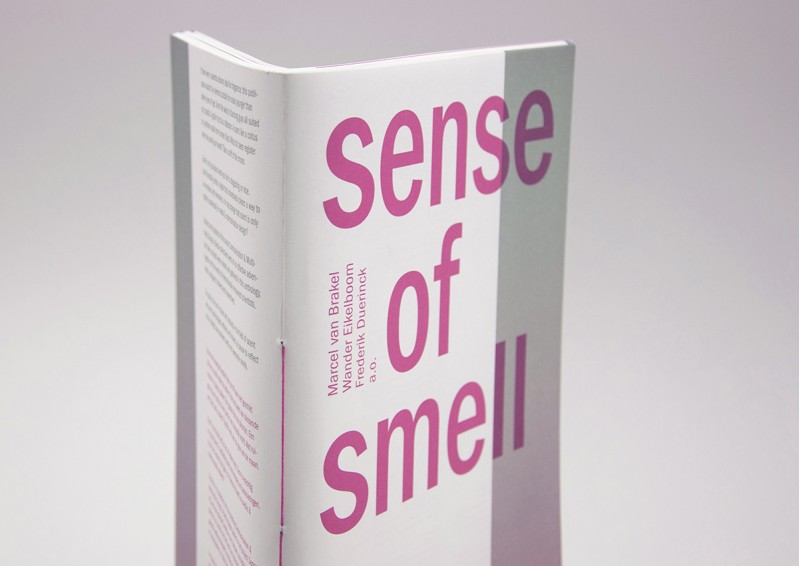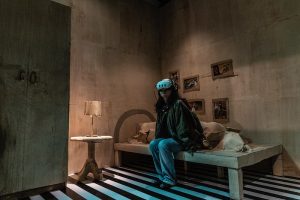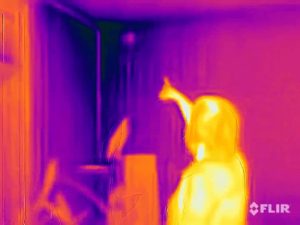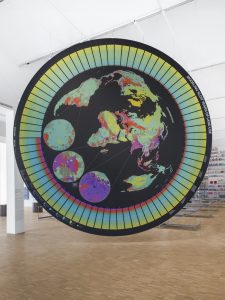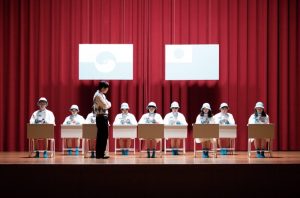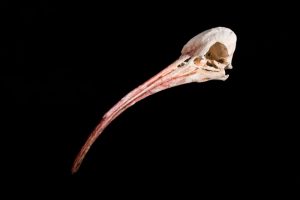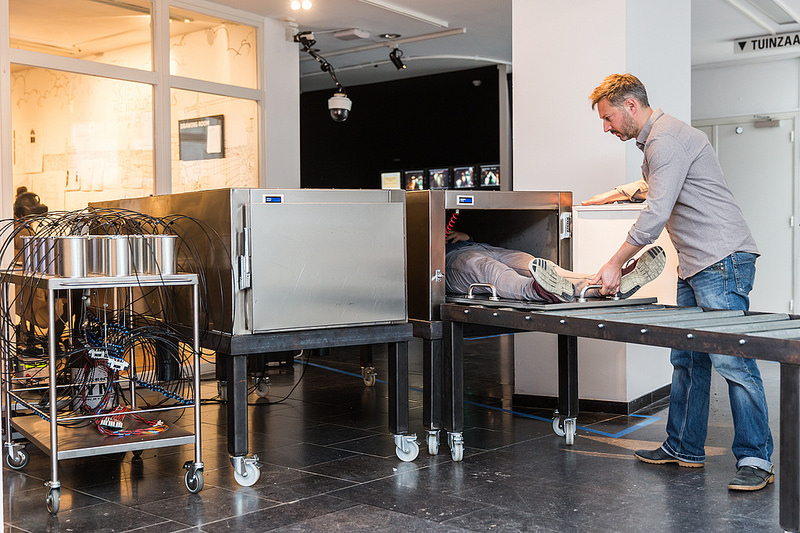
Famous Deaths, IDFA International Documentary Filmfestival Amsterdam. Photo Nichon Glerum
Would you like to know or even experience what John F. Kennedy felt right before he was shot in Dallas, Texas on 22 November 1963? What Whitney Houston experienced moments before she accidentally drowned in her bathtub in 2012? Or what the last moments of Muammar Gaddafi or Lady Diana were like?
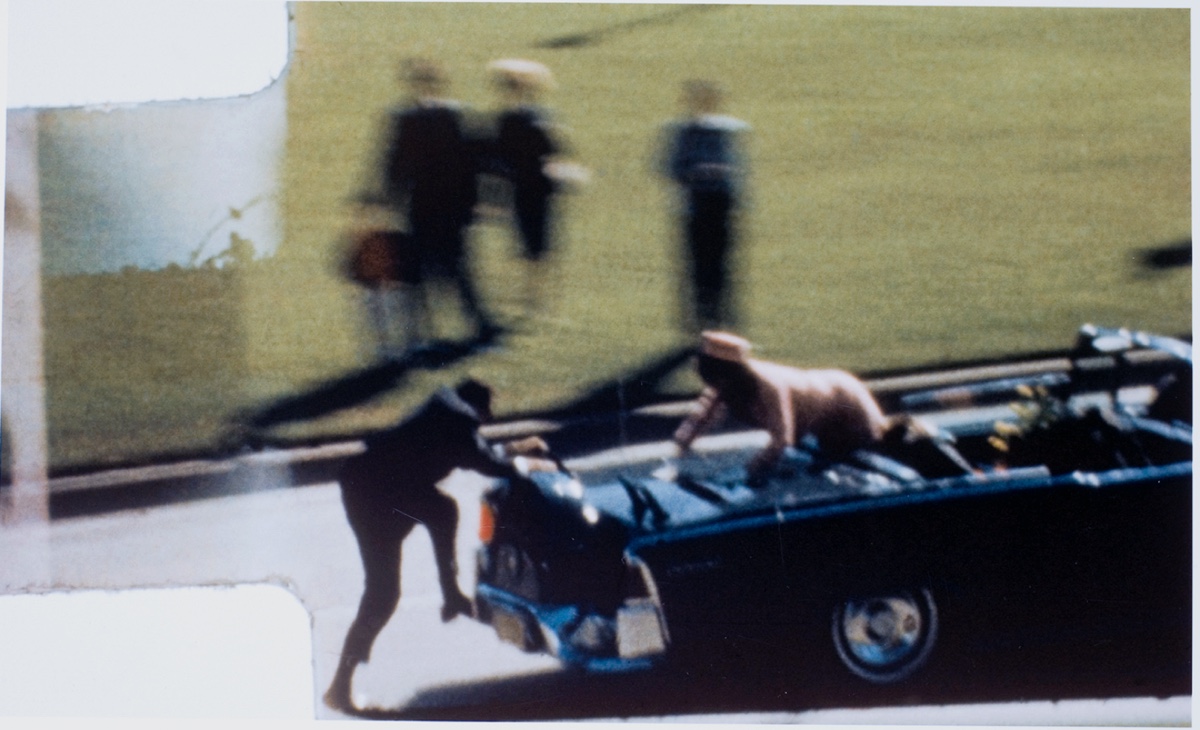
Famous Deaths, JFK. Image courtesy of the artists
With their project Famous Deaths, Frederik Duerinck and Marcel Brakel are using the power of scent to evoke these final minutes. JFK, for example, might have smelt the autumn wind, the leather of the limousine seats, the perfume of his wife sitting next to him, the exhaust fumes of the vehicles…. Until the scent of blood, brains and gunpowder overtook his senses and life.
The installation takes the form of mortuary chests. Lay down inside one of them and immerse yourself in a fragrance documentary of the last minutes of some of the most famous, most tragic deaths in recent history.
These might seem like macabre experiences to revive and share but judging from the success the project had when i discovered it at the DocLab Expo: Seamless Reality (an exhibition organized by at DocLab and De Brakke Grond in the framework of IDFA in Amsterdam), the project has a lot of potential: as a form of immersive entertainment of course but also as an innovative field of research. In fact, the project started out of a fascination for the strength of smell in communication. Smell, as we know, is a powerful catalyst of memories and emotions. Yet, its potential is under-exploited in communication, design and story-telling.
I never managed to get inside a mortuary chest while i was at DocLab back in November. All spots seemed to have been booked in a matter of minutes that day. So i decided to go for the next best thing: an interview with Marcel and Frederick:
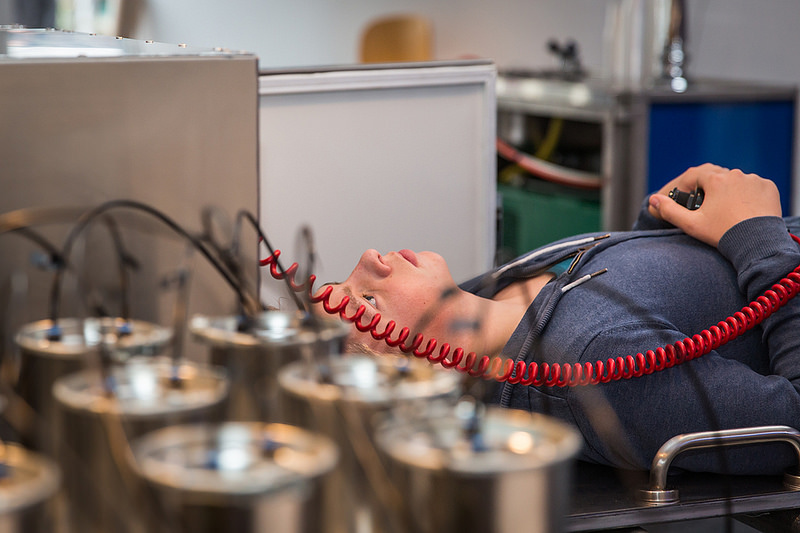
Famous Deaths, IDFA International Documentary Filmfestival Amsterdam. Photo Nichon Glerum
Hi Marcel and Frederik! How did you document and recreate the smells and sounds of the last moments of these people’s death? Did you work with scientists? Archivists?
We did all of the research to recreate the events ourselves via internet and film research. For instance with the Whitney Huston scenario we got access to police reports and police photos of the death scene. Out of this picture(s) we could extract a lot of information on the kind of smells that where present in her room, the exact kind of cigarettes she smoked, the brand of perfume she used. Interesting details. She used olive oil as a bathing cream. In the pictures you see a gravy bowl used for the olive oil standing in the bathtub. We tried to be as precise and as close to reality as possible but in the end we had to take some poetic freedom to recreate the scenarios. And of course sometimes we compressed the chain of event in time to speed up things a little.
For the smells we worked with specialists and smell designers. Some smells and perfumes we could just buy from the shelf, other smells where custom created.
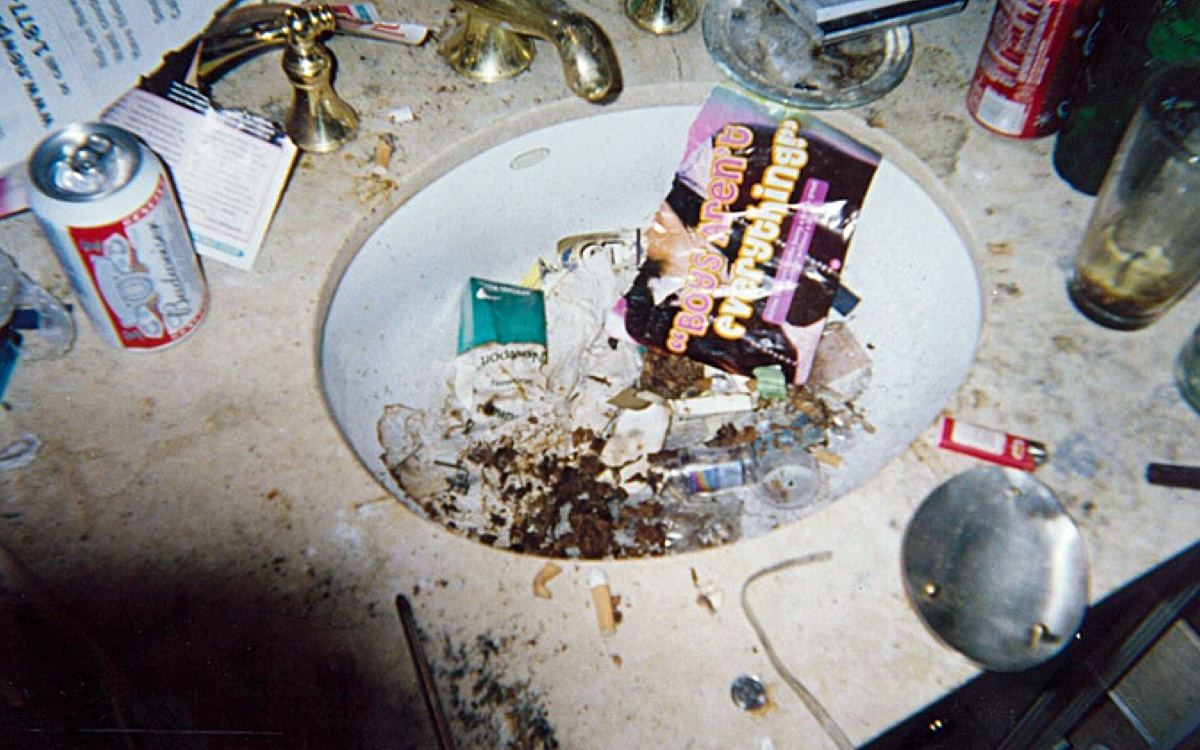
Famous Deaths (Whitney Huston.) Image courtesy of the artists
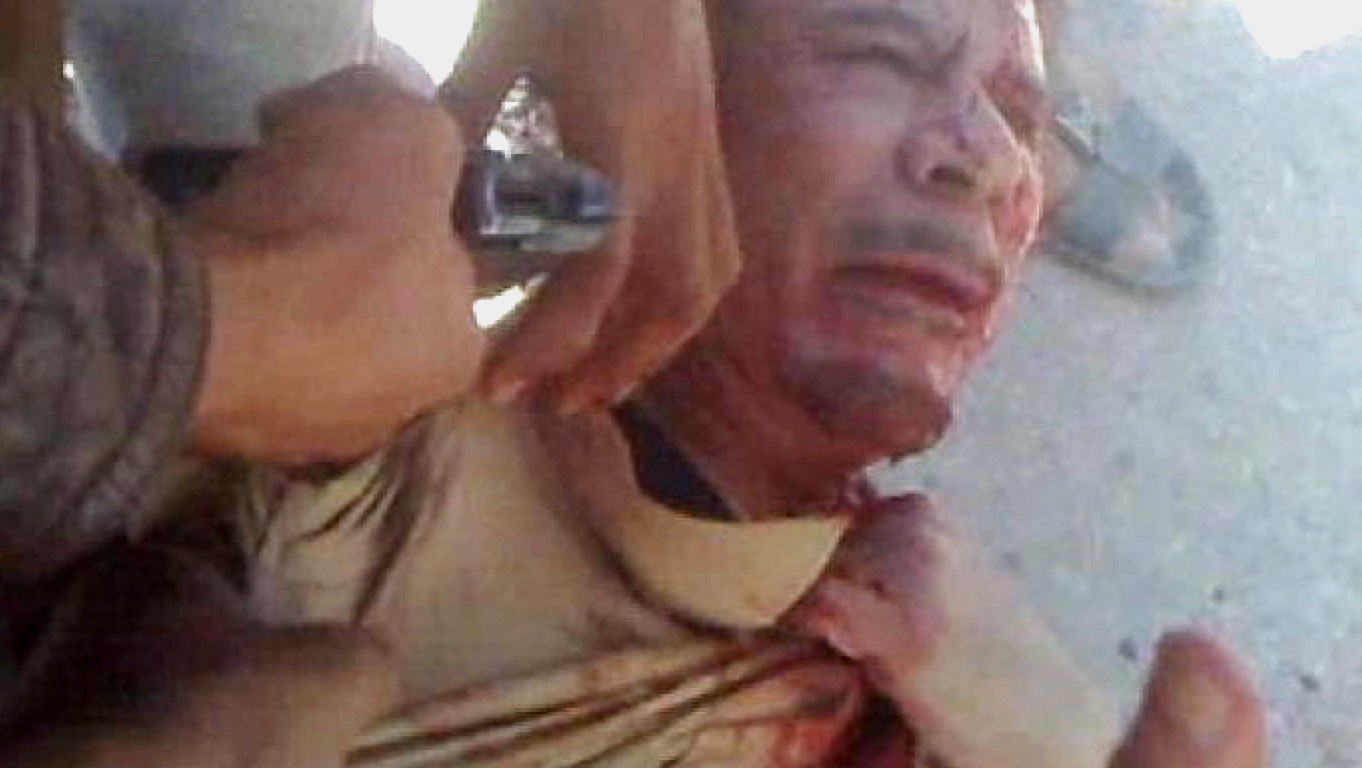
Famous Deaths (Muammar Khadaffi.) Image courtesy of the artists
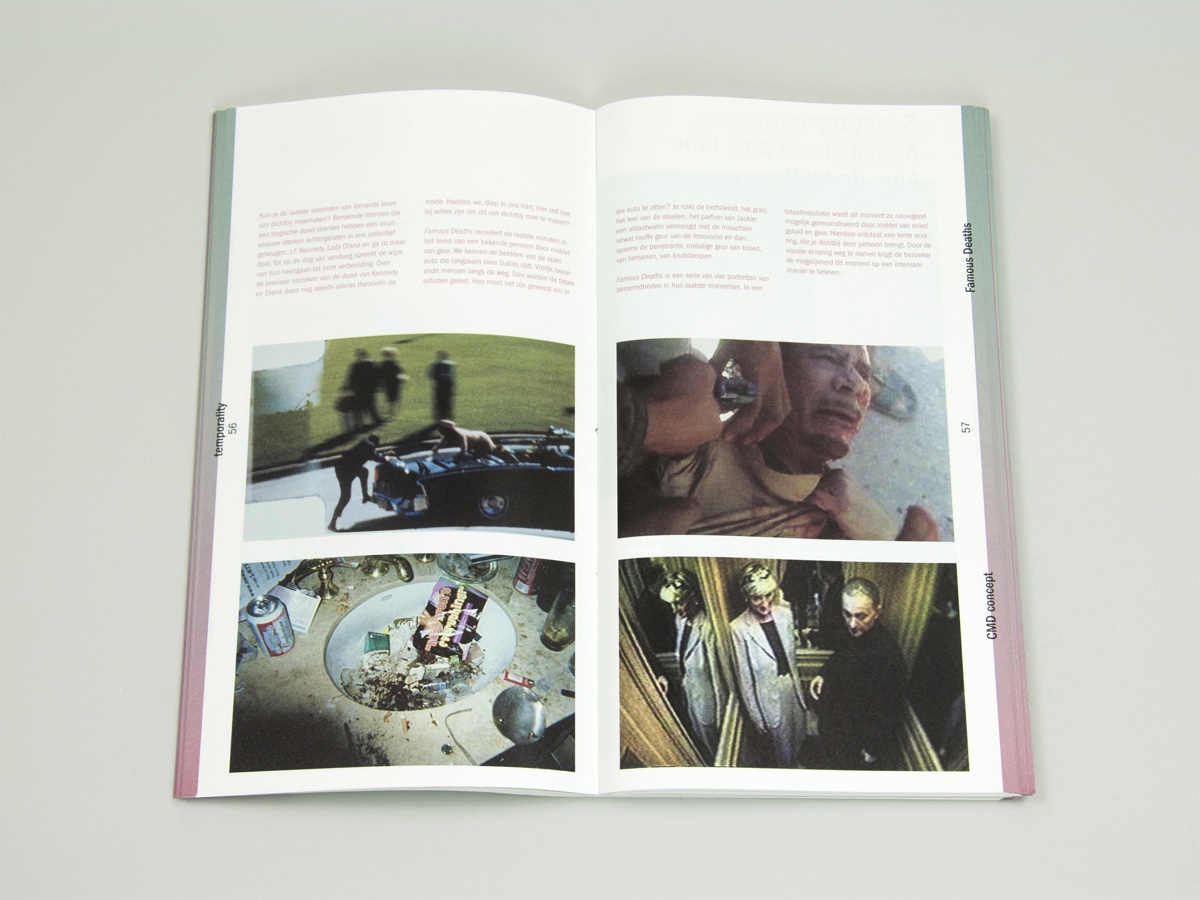
Sense of Smell, view inside the book. Image courtesy of the artists
Neither of you appears to be ancient. So why did you decide to investigate death, instead of any other and more cheerful smell manifestations?
Writing the Sense of Smell book we worked with 5 different themes to get more focus in the research. One of the theme subjects was Taboo. For instance people have a troubling relationship with their body odor. It confronts us with the fact that we are a biochemical systems, a system that is in constant change and in a way is already in a state of decay. Fruit produces smell caused by the amount of fermentation within the fruit. The level of decay determines the level of sweetness and the level of smell. We smell a fish to determine the level of freshness but in fact we are checking the level of decay because we don’t want to get sick eating it. In that way smell confronts us with (our own) mortality and is closely connection with death.
One of the other themes we investigated was Time. Smell is closely connected to our memory system. We can use smell as a time traveling tool to access hidden memories. At the same time, historic events are always kind of abstract to us, they are vague and unclear to us. You can envision a picture of a bread in your head but it is hard to access the smell of that bread. But if you think of a bread and at the same time smell a bread, the smell kind of projects this virtual image of a bread into the here and now. In this way Smell is a very powerful tool to create embodiment, a kind of analogue virtual reality time travel machine. So within Famous Deaths all of these ideas came together
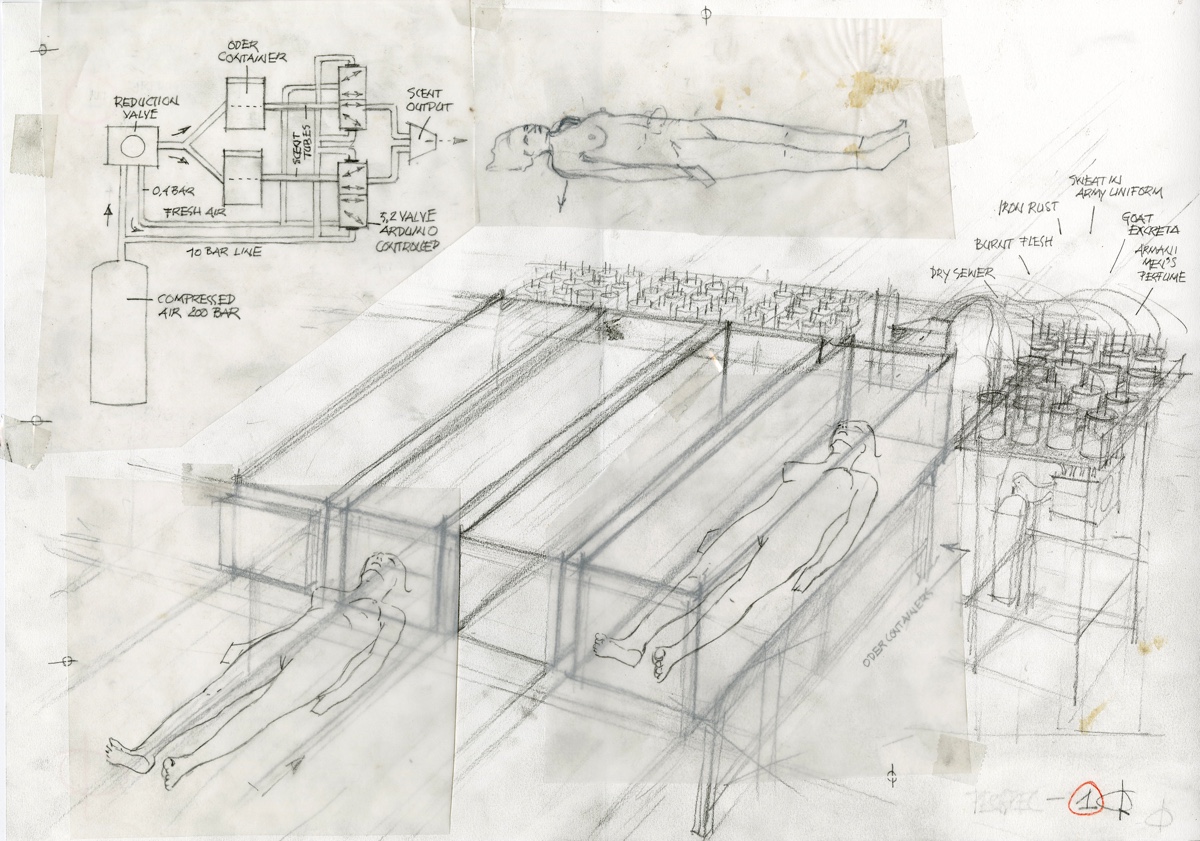
Famous Deaths. Image courtesy of the artists
Why did you chose to work with smell and sound and not images? Why not the 3 of them together? How do you think using the 3 together would have altered the experience?
The idea to use smell for storytelling is not new and there are numerous experiments with it especially in combination with images, but we wanted to do something different. Within the project we choose historic media events that are already present in your mind. The sounds and smells are giving access to these very personalized memories. In that way, we create a dreamlike film experience within your own head. I find it much more interesting to make use of this internal in-brain projection (screen). The experience becomes much more intimate and personal in this way. For a few minutes you become the historic character in first person perspective and you get confronted with your own mortality. I think using images would have created more distance to the story.
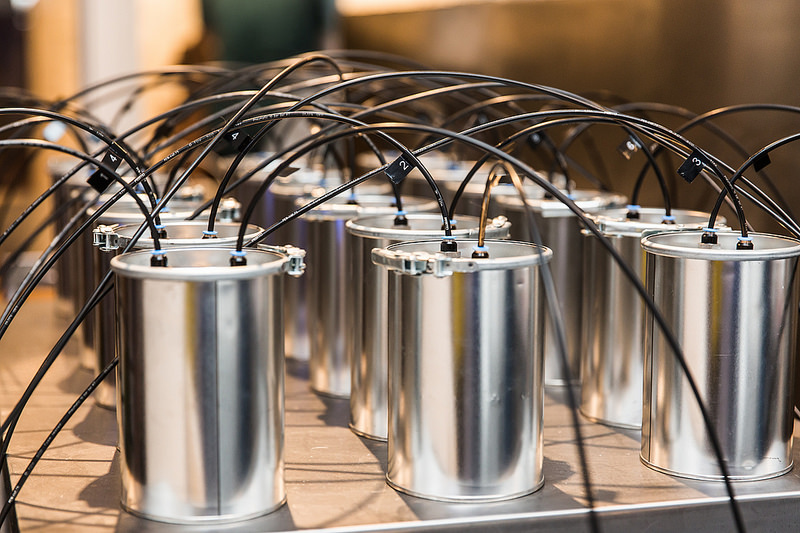
Famous Deaths, IDFA International Documentary Filmfestival Amsterdam. Photo Nichon Glerum
I was reading an interview with you in which you mentioned that “A “scent printer” developed within the project will be used to create the sound/scent experience of “Famous Deaths.” Have you developed this scent printer?
Actually designing a printer was our first step into the project. To do a smell project you first have to have a device to control it. We made lots of prototypes and in the end we created a modular machine to control 32 different smells in a very fast and precise way. But when we finished it we didn’t have a clue about what kind of project we should create with it. The printer has a lot of potential to create all kinds of projects with. We are planning on using the machine to do scientific research with Universities in Holland, but we would also love to redesign the printer into a wearable version.
You’ve been presenting the installation for over a year now, what has the reaction of the public been like? Is the way they react to the death of Gaddafi very different from the way they react to the one of Whitney Houston?
All scenarios are very different from each other. Whitney Huston’s story is very sad and vulnerable. Gaddafi is very violent and action-packed. JFK has more contrast in smell design. Before people enter the installation they all know: in the end, everybody will die. But they don’t know the exact moment. That moment always comes as a surprise.
People sometimes also experience strange side effects. At the Gaddafi scenario we use the smell of a metal car burning. Some people get the impression the installation is heated at such a moment witch is not the case. Some people experience their sense of space changing or have the feeling to float within the installation.

Famous Deaths, IDFA International Documentary Filmfestival Amsterdam. Photo Nichon Glerum
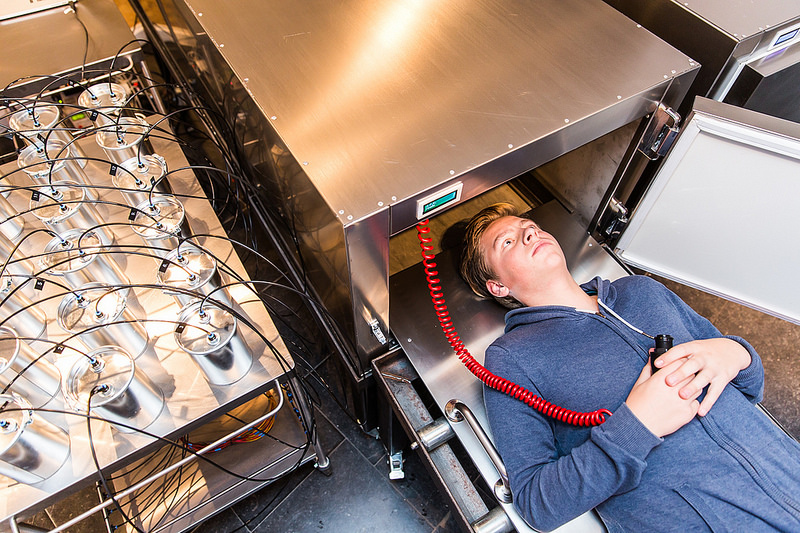
Famous Deaths, IDFA International Documentary Filmfestival Amsterdam. Photo Nichon Glerum
You are a filmmaker and Marcel van Brakel is a theater director. How does this work feed into your own career?
As a theatre and filmmaker we are interested in creating immersive experiences. With smell we discovered a very powerful extra language tool. You can use it to enhance an experience or story, or to give a story a poetic context or contrast.
As a theatre maker I’m used to create experiences in a 360 context. But because of Famous deaths i feel we navigate more and more towards designing intimate embodied and individual media experiences. Virtual reality techniques and smell are excellent tools for that.
What’s next for Famous Deaths and Sense of Smell?
For the moment Famous Deaths is still getting lots of attention and is booked for more and more international shows. In January we will attend the Smart Fipa Festival in France and we will go to SXSW in Texas. After that we will take the installation with us to tour North and South America.
We are also working on a side project: “Synaptic Theatre” to make use of the brain as a kind of media player. In the project we want to create storytelling within the brain by direct stimulation of the brain.
In the project we will create theatrical experiences in combination with real time hormonal or electromagnetic neuro simulation of the audience or user(s). Within the project we will work together with scientists and are going to combine scientific research with design research in several smaller and bigger projects.
We are also setting up a 360 degrees Lab to do Virtual Reality projects to experiment with new ways of immersive interactive storytelling. In some of these we will also work with smell, touch and taste.
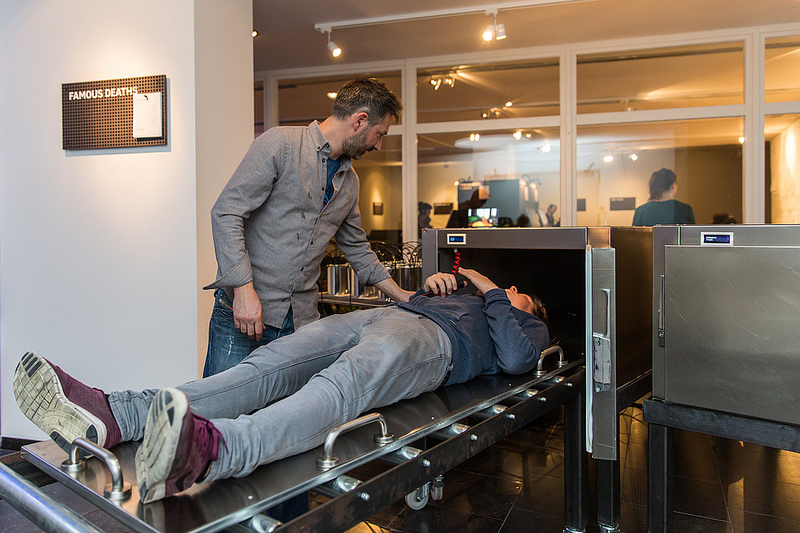
Famous Deaths, IDFA International Documentary Filmfestival Amsterdam. Photo Nichon Glerum
Thanks Marcel and Frederik!
Famous Deaths is part of Sense of Smell, an international co-creation and research project designed by Communication and Multimedia Design (CMD) Breda at the AVANS University of Applied science, the Netherlands, and part of the European network VIVID.
Previously: ‘DocLab Expo: Seamless Reality’ explores the future of storytelling.
Also part of the IDFA DocLab events: Swatting, vintage VR and virtual museum for stolen art. My notes from DocLab: Interactive Conference 2015 and Sheriff Software: the games that allow you to play traffic cop for real.
I posted my photos of the DocLab exhibition and conference on flickr.

